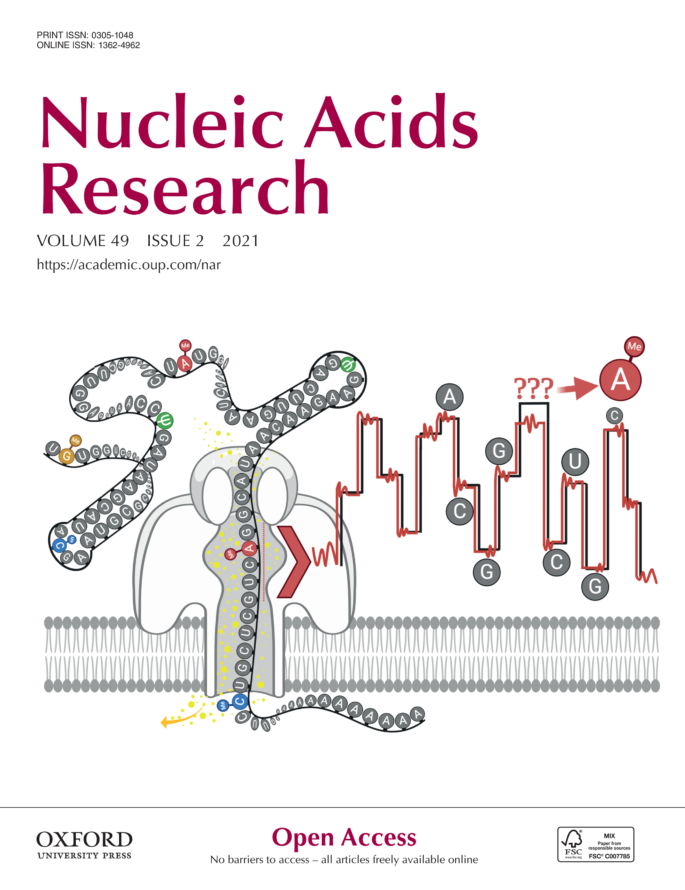Over the past several years, my group has systematically identified cellular proteins that bind PS ASOs, defined the roles of many of the proteins bound by PS ASOs, assessed the effects of PS ASO binding on those proteins and developed a thorough appreciation of the biochemistry of PS ASO protein interactions. We have also shown that PS ASO induce the formation of numerous PS ASO/protein/RNA aggregates, partially defined the composition of most of these aggregates and shown that interactions of PS ASOs with paraspeckle proteins lead to the formation of a complex with RNAse H1 that is mis-localized to the nucleolus, which results in nucleolar toxicity. Many of the results in these studies have been summarized in two reviews (Crooke, et.al. NAR 2020 and Crooke, et.al. J. Am. Chem. Soc. 2020). Last week, we published an important paper detailing the phase transitions that some PS ASO aggregates display and showed that solid phase separation of nucleolar remnant-like aggregates is cytoprotective (Liang, et.al. NAT 2020).
Today we published another important step in better understanding the effects of PS ASOs on the proteins with which they bind (Zhang, et. al. NAR 2021). In this manuscript, Lingdi Zhang used thermal denaturation and partial protease digests to evaluate the effects of PS ASOs with several different 2ʹmodifications and their heteroduplexes on the conformations of RNAse H1 and P54. Lingdi also evaluated the effects of PS ASOs on the conformation of the several domains in RNAse H1. She showed that the PS ASOs destabilize the conformation of RNAseH1 and the destabilization of RNAse H1 correlated with the affinity of the PS ASO for the protein while the heteroduplexes of the same PS ASOs slightly stabilized the conformation of the protein. In contrast, both PS ASOs and their heteroduplexes stabilized the conformation of P54.
